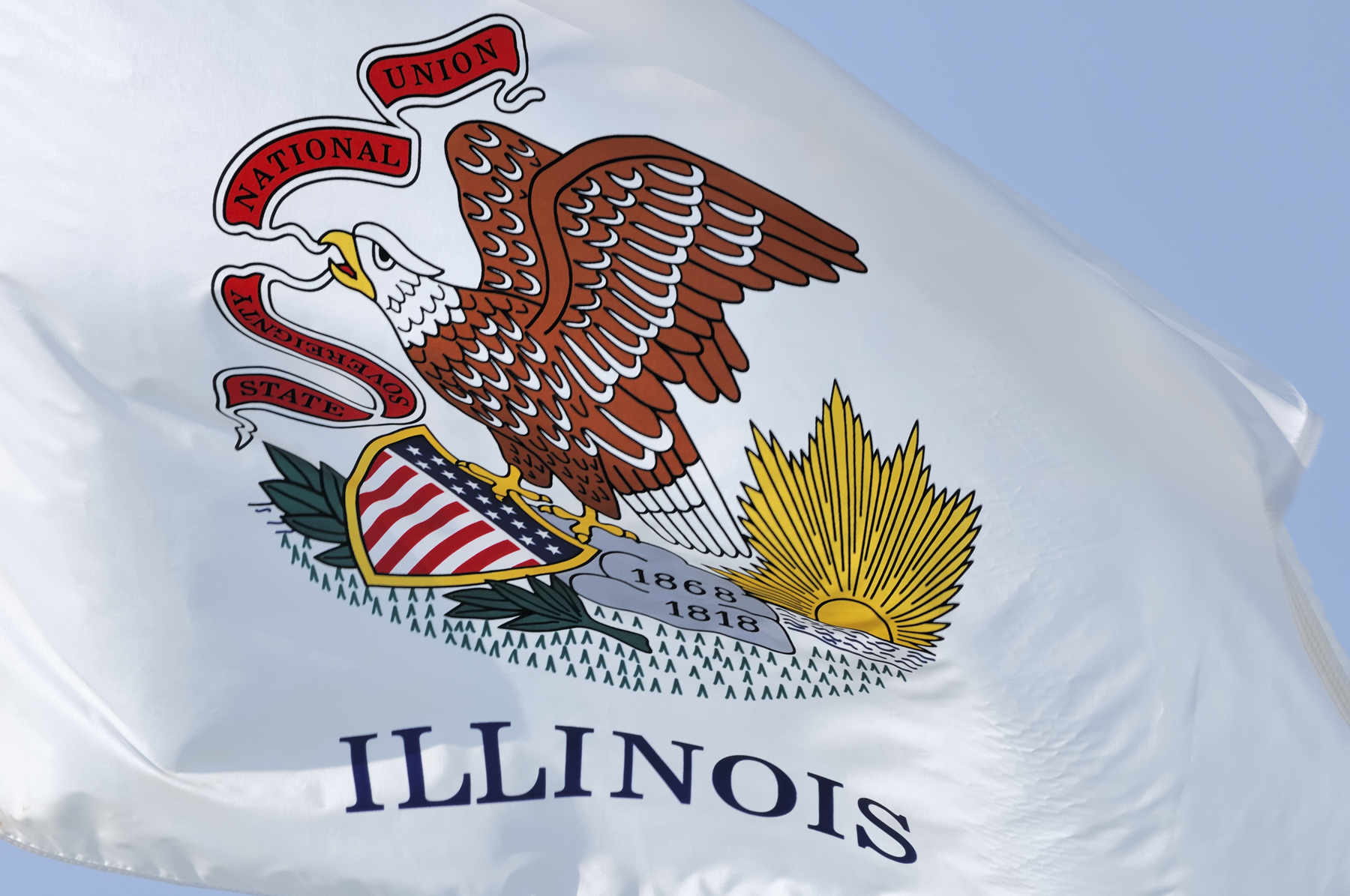Since August 2022, over 28,000 noncitizens have been sent to Chicago from the U.S. border. Now, the public outcry over the crisis is hitting a fever pitch as the migrant problem is beginning to spill over from Chicago to its surrounding communities.
In mid-November, the Chicago City Council passed new rules stating that only two buses per hour could arrive at the City’s designated “landing zone” between the hours of 8 a.m. and 5 p.m. Monday through Friday, and that any bus company that ignored the new protocols could face a fine.
These new rules have resulted in some buses dropping off their noncitizen passengers in some surrounding suburbs without notice to local officials as the migrants continue on their path to Chicago. This has prompted backlash from some local officials worried about a lack of available resources to handle the influx of noncitizens, and a push for these communities to pass their own ordinances allowing them to fine bus companies for unscheduled drop-offs.
With no real federal solution to the migrant crisis in sight, there is concern about the impact the crisis may have on the state’s already fragile financial future. Since Gov. Pritzker took office, Illinois has gone from spending roughly a million dollars per year to more than a billion dollars on programs dedicated to noncitizens, including more than a half-billion dollars per year on a free healthcare program for undocumented immigrants.

Comments are closed